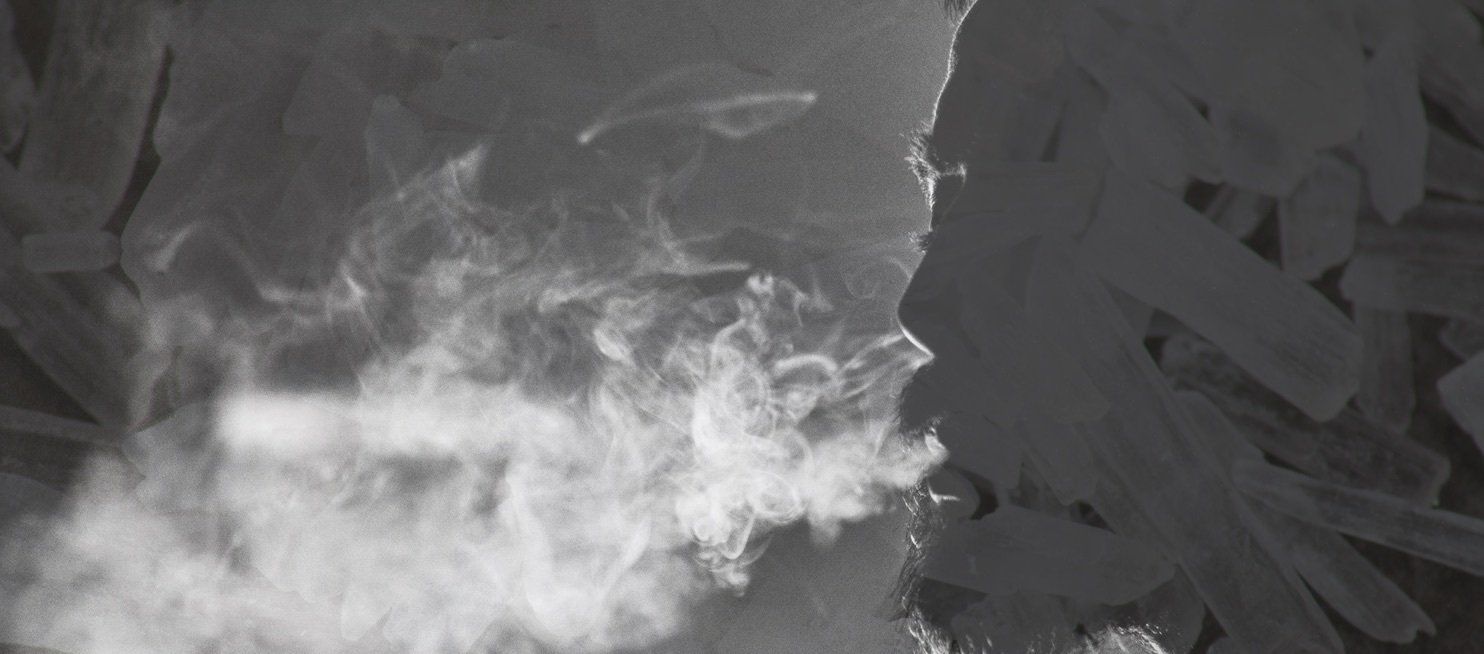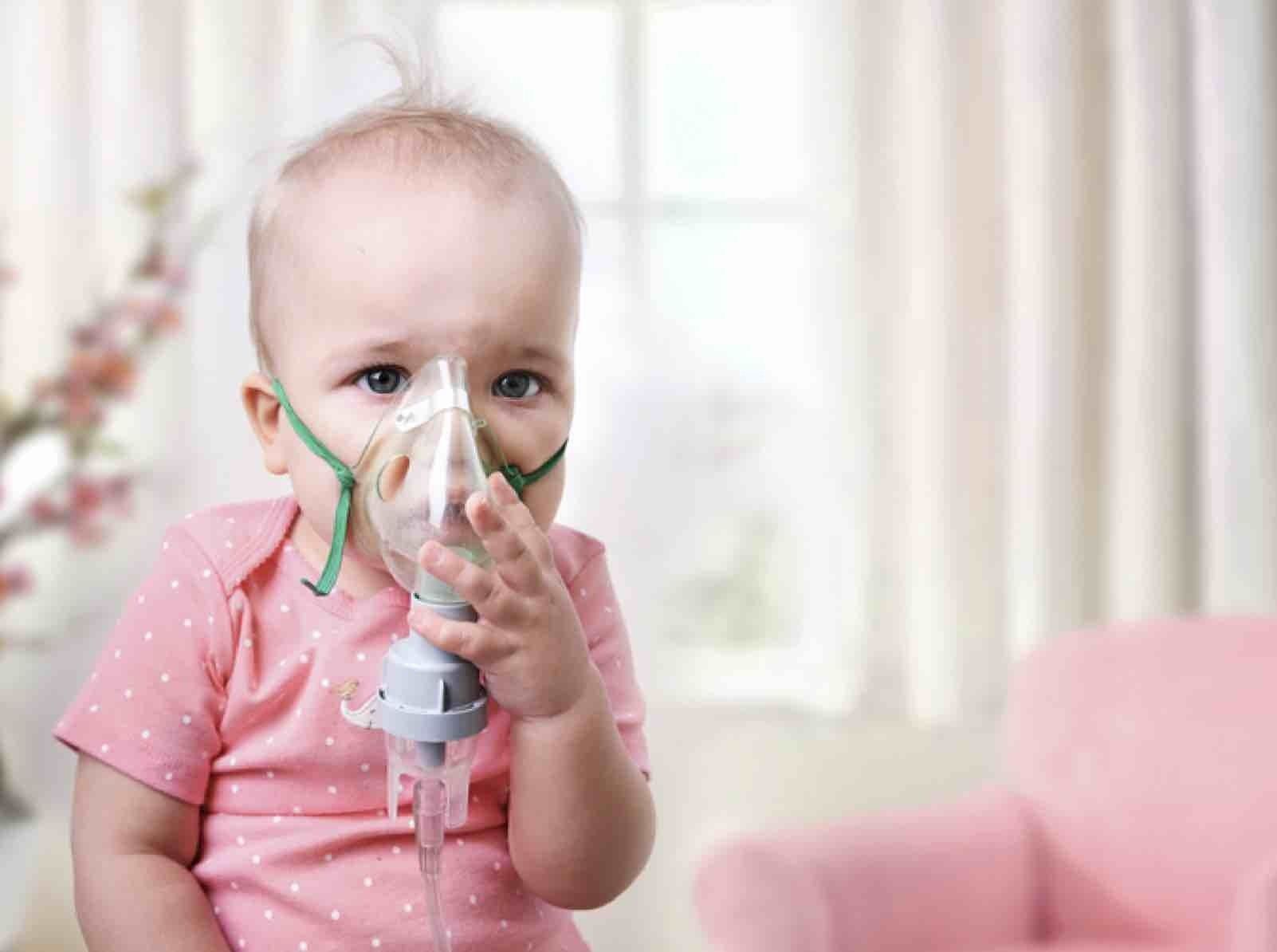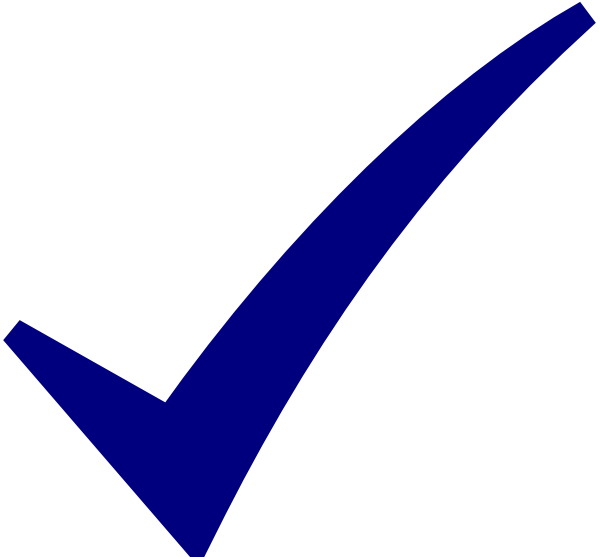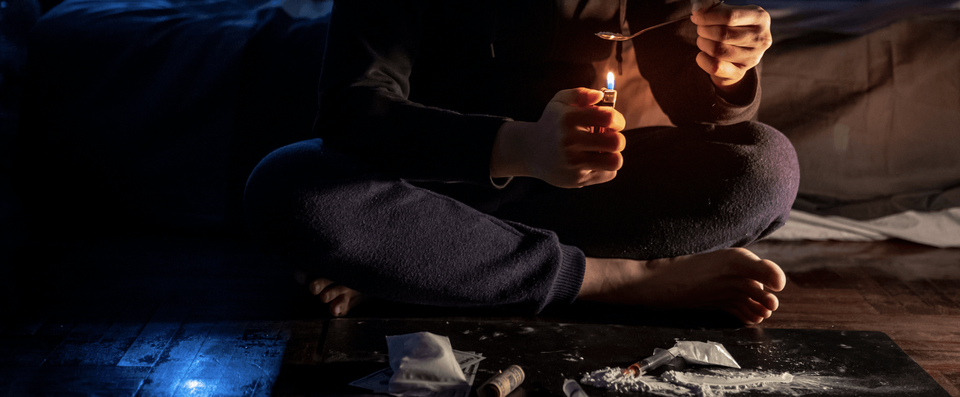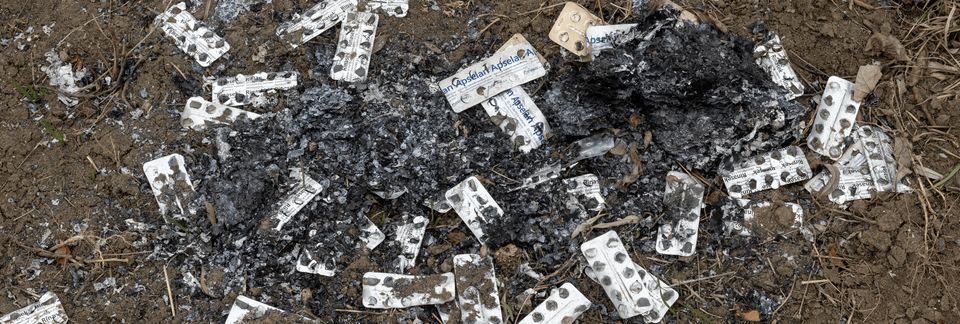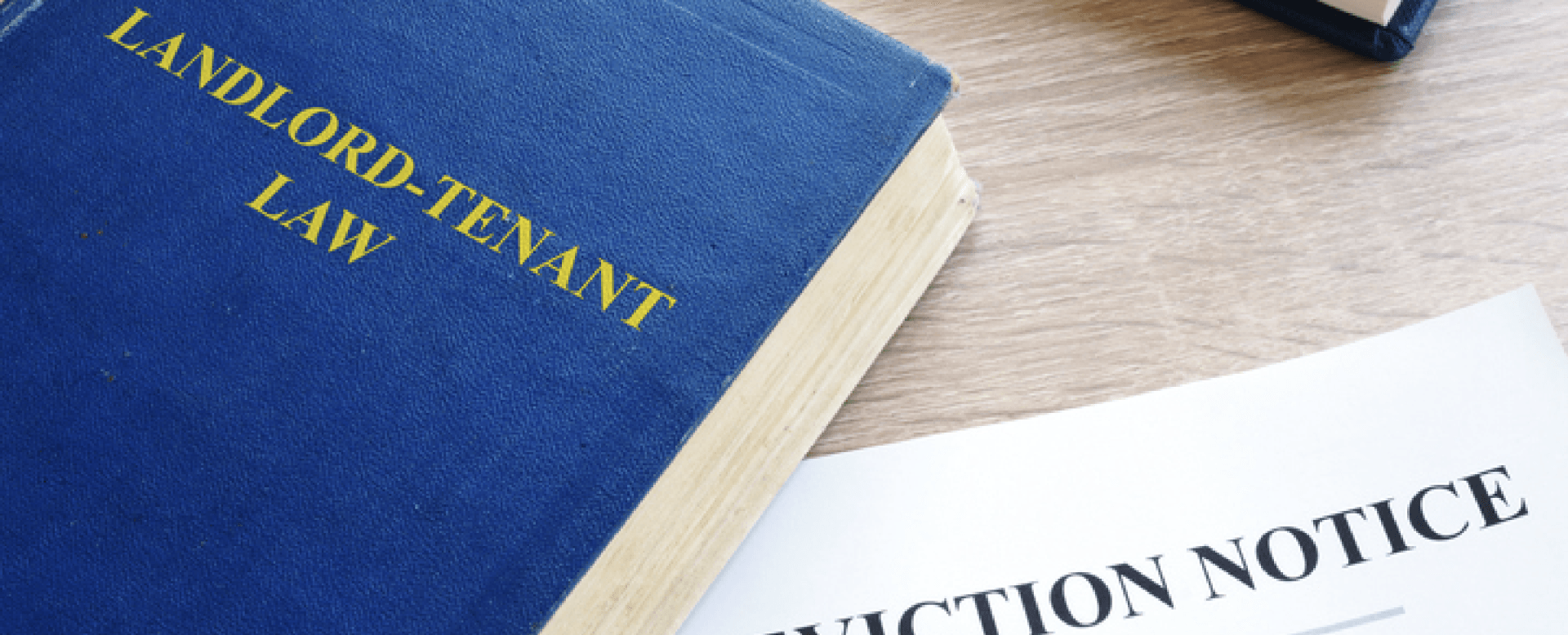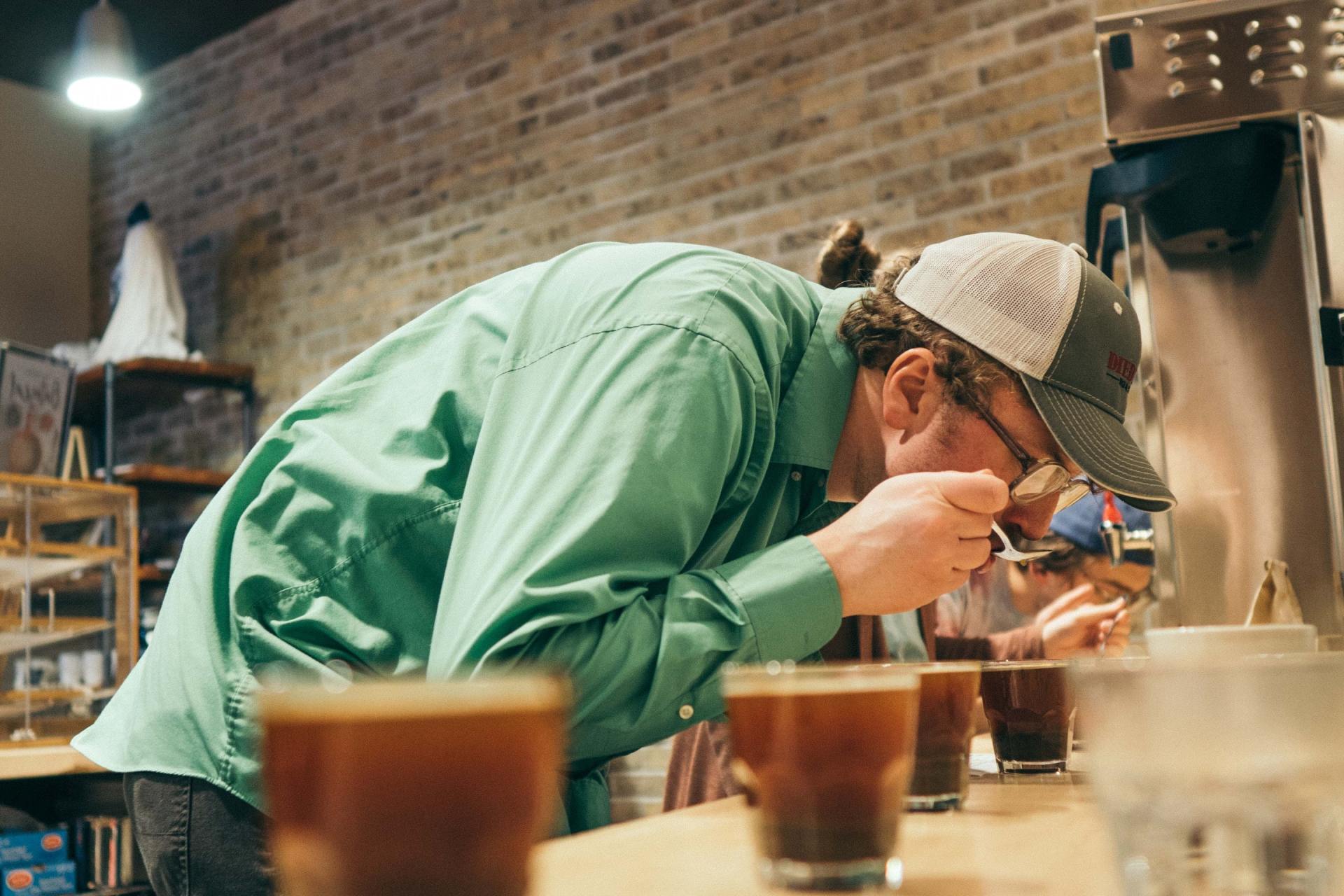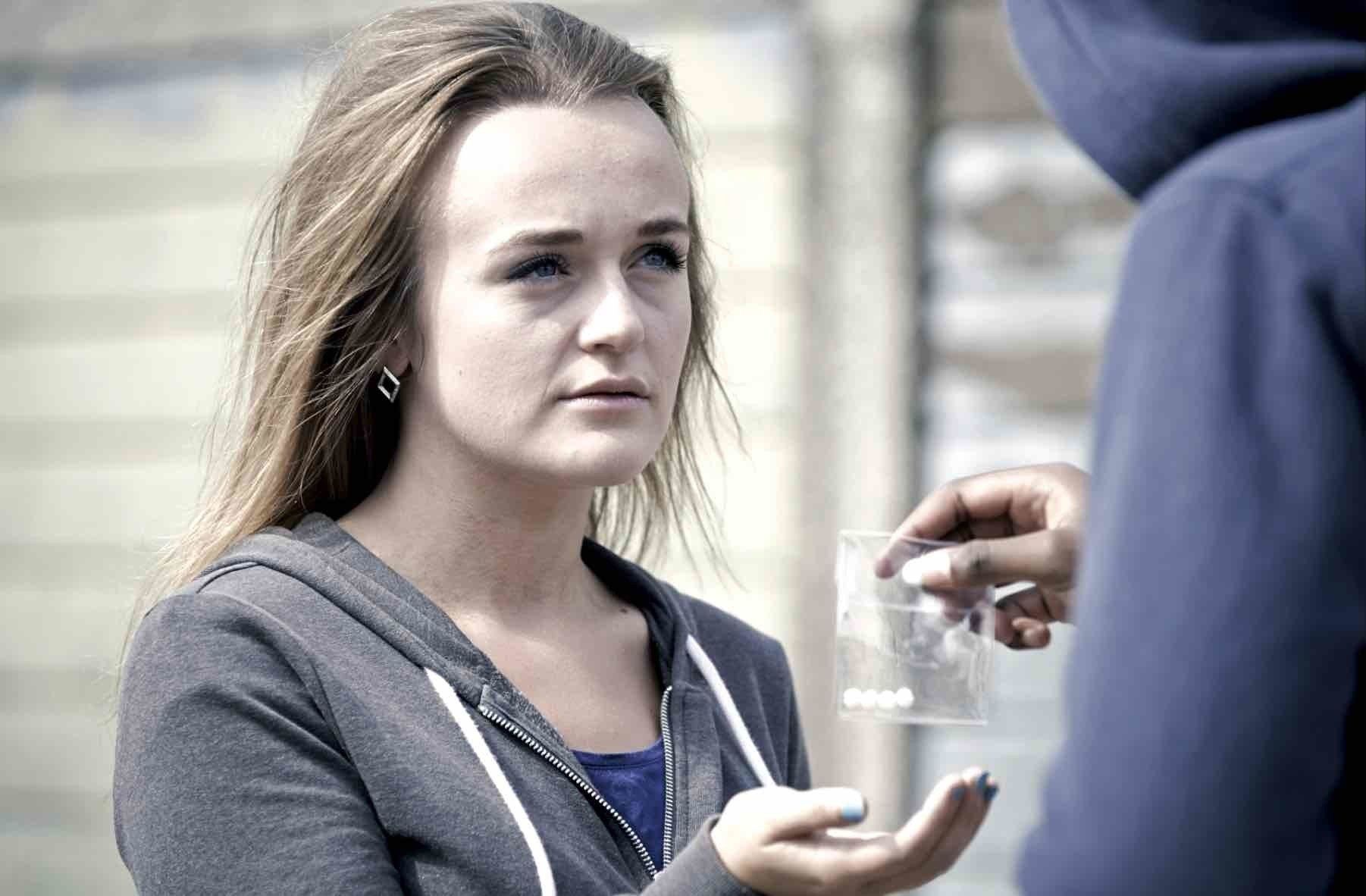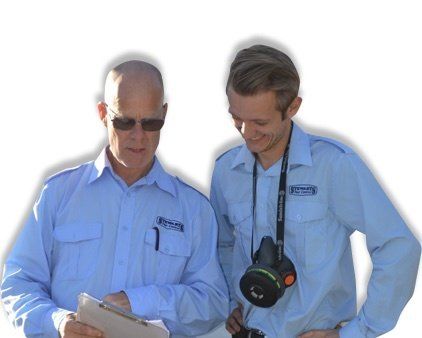Australian Code of Practice
So, do you think your tenant is using or manufacturing meth?
So, do you think your tenant is using or manufacturing meth?
Methylamphetamine use in Western Australia is high. We have a wealth of statistics to support that. Our usage is much higher than the natural average, and Australia has one of the highest rates of meth use in the English speaking world. If you suspect that your tenant is using or manufacturing meth, it's not a bad thing to look into. If an individual manufactures or is smoking a large amount of meth within a private property, he or she is contaminating the property and causing extreme damage—damage that can cost anywhere between a few hundred dollars to over $200,000, with the possibility of having to strip out or demolish the home completely. New South Wales Police say that at least 10 homes a year are demolished from meth contamination. As more media coverage spreads, so do the concerns of landlords and property managers. Property managers should check their Professional Indemnity insurance policy before getting started because it often contains a “pollution” exclusion clause. If a lab is identified, property managers should be protected by their Professional Indemnity for any allegation of professional negligence. You can find out more under “Your Safety and Legal Protection”. Considering all this, let’s get down to the nitty-gritty. What to look for in a tenant who is using or manufacturing meth, how to work out if the property is contaminated, and what to do next?
Behaviour of Users
When you pull up the driveway to do your scheduled rent inspection, you may feel uneasy, not knowing what to expect. That bubbling feeling is sitting in the pit of your stomach and slowly drawing its way up to your neck. Why? Because the tenants you’re about to come face to face with are secretive, aggressive, and paranoid and display behaviour that makes you uncomfortable. They may be using. Your gut feeling could be an indicator. Trust it!
Behaviour Signs Include:
- Paranoia
- Aggression
- Looking tired (users usually can’t sleep)
- Not very responsive (if they have used recently)
- Very secretive
- Psychosis
- Itching and scratching more than usual
When the drug enters a user’s system, the chemical makeup in his or her brain changes. Meth will stimulate the central nervous system and increase the production of dopamine, creating a rush, followed by a state of agitation (state of anxiety or nervous excitement). The behaviour noted above is often seen in people who use. Although these behaviours can be seen every day in people suffering from anxiety or schizophrenia, it is still important that you are safe at all times. Prioritise your safety so that no one is harmed. Remember, these behaviours are specific to someone who is using.
Manufacturing
If an individual is manufacturing meth, red flags would include:
- Not letting you into specific rooms — Keeping someone out of a particular room could be a red flag. They are hiding something from you. That something could be a pet that’s not allowed on the property, or it could be illegal activity. Partnered with these rooms, you may notice that the windows have been covered or there are unusual ventilation systems or extension cords coming out of windows.
- Having unusual security measures, such as baby monitors outside
- Having unusual amounts of rubbish — The manufacturing process of meth creates a vast amount of waste. This includes bottles and batteries that have been ripped open. In saying this, the amount of rubbish can be substantially lowered by using the shake-and-bake method.
- You may notice ingredients such as Pseudoephedrine (extracted out of cold and flue tablets), lithium (found in batteries), acetone (nail polish remover or paint thinner), red phosphorus (found in fire matches) etc.
- They are smoking outside — The chemical that is used for cooking meth is highly flammable; hence, if they tend to smoke outside, in conjunction with other red flags, there may be a lab inside the home.
The Lab
To break things down even further, if you’re looking for key signs of a meth lab, you have to look carefully. A lab is not always full of chemistry equipment, just like you have seen on Breaking Bad that time you were binge-watching until 2 a.m. Statistically, for each property the police seize that has a clandestine meth lab, there are 10 more they won’t find. Australia-wide, the police uncover just 700 meth labs a year on average. So, why aren’t they finding more?
Shockingly, a few simple plastic soda or water bottles will do the trick! Yes, the water bottle you had a drink out of just today can be easily turned into a portable meth lab – something that can sit on the bench of a kitchen or in the bathroom cupboard. This method can also be used to cook meth anywhere from 30 minutes to 2 hours. Thus, if it can be set up, used, and thrown in the bin, all within a few houses, how is anyone ever going to notice?
What you need to look for: Smells, Equipment & Home Adjustments
- Smells -
Odours are something that usually cannot be hidden when the drug is being manufactured. When manufacturing, the scent is strong, but with proper ventilation, the home can be aired out easily and quickly. Usually, neighbours can smell these odours when the drug is being manufactured. Smells that you might notice are:
- Varnish or paint thinner
- A “hospital” type smell
- Vinegar or other sour smells
- Ammonia
- Equipment -
Noticing equipment that is used in a meth lab is tricky, mainly because a large proportion of the items used are everyday household items. These items may have stains, and they may be in locations that may not usually be used or may have had adjustments done to them that seem unusual. Equipment to look for include:
- A large number of plastic bottles (Some labs only use the shake-and-bake or one-pot method, and plastic bottles would be the only evidence of a lab.)
- Rubber tubes
- Respiratory masks and filters
- An unusual number of rubber gloves
- Things like bed sheets or coffee filters stained red from being used as strainers
- Lots of funnels
- Copper metal turning blue
- Pyrex, glass, mason jars, or other kitchen glassware (These may be fitted with hoses, clamps, or duct tape.)
- Hoses hanging from windows.
- Home Adjustments -
Adjustments to the house are probably the biggest red flag, mainly because the average person renting a property won’t make significant changes. Significant changes can sometimes be seen from outside the property, keeping you safe! While reading through this, it is essential to keep in mind that many of these significant changes to a property are not needed for the shake-and-bake method.
- Stains on sinks and/or baths/toilets
- Burn marks in carpets or on the lawn/garden
- Red staining around walls and on floors
- Unusual ventilation systems
- Elaborate/excessive security — cameras, keep out signs, baby monitors outside
- Window coverings such as sheetings of foil, wood panels, and sometimes paint.
- Locks added to cupboards, bedroom doors, attics, etc.
- Tape around doors.
- Hoses are hanging from windows.
New Tenants
So, if there was a lab or if the last tenants had smoked in the house, they have packed up and left. The house is now empty and ready for a new tenant, so why bother testing? Landlords and property managers have a legal obligation to provide a safe rental property. Property managers also have a duty of care to the tenant, protecting their health and safety when living in the home. Any meth residue that has contaminated the property can cause significant health complications. This can present a liability risk by allowing a contaminated home to be occupied; the property manager may breach the Residential Tenancies Act in their state/territory or contravene building, environmental and health legislation, leaving landlords and agents exposed to legal action and claims for compensation. REMEMBER, if a tenant is part of that 10% - 15% of users who use socially, they could show no sign of use at all, keeping a perfectly tidy house and living the normal 9 to 5 working job. This 10% - 15% can still cause contamination in the home through smoking.
Your Safety and Legal Protection
- Your safety should always be the priority in situations that can get out of hand.
- If you believe that you’ve found a meth lab, do not approach it as the chemicals inside could be dangerous or even lethal. Instead, call the police immediately.
- If a lab is identified, property managers should be protected by your Professional Indemnity insurance for any allegations of professional negligence. You should check your policy because these insurances often contain a “pollution” exclusion clause.
- If you're a landlord, you also need to check if your Landlord Insurance provides specific coverage for the discovery of a meth lab.
- If you’re concerned, get some professional to test the property. Stewarts Drug Testing is a family-owned and operated company that specialises in testing for meth residue.
Copyright © 2019 Monique Stewart.
KEY SOURCES:
Australian Criminal Intelligence Commission (20 February 2019) Retrieved from https://www.acic.gov.au/media-centre/media-releases-and-statements/wastewater-analysis-shows-highest...
Dr. Jackie Wright Exposure and Risk Associated with Clandestine Amphetamine-Type Stimulant Drug Laboratories (July 2016) https://flex.flinders.edu.au/file/39066a68-f6da-400e-9150-6d2f7a5ab899/1/ThesisWright2016.pdf
The International Child and Youth Care Network (CYC-Net) (APRIL 2006) https://www.cyc-net.org/cyc-online/cycol-0406-lee.html
J. Fetherston and S. Lenton - WA DRUG TRENDS 2017 Findings from the
Illicit Drug Reporting System (IDRS) (2017) https://ndarc.med.unsw.edu.au/sites/default/files/ndarc/resources/WA%202017%20IDRS.PDF
Australian Drug Trends 2018 - KEY FINDINGS FROM THE NATIONAL ILLICIT DRUG REPORTING SYSTEM (IDRS) INTERVIEWS - https://ndarc.med.unsw.edu.au/sites/default/files/ndarc/resources/National%20IDRS%20Interview%20Repo...
